Posted on May 25, 2022
Updated on March 13, 2023
6 min read time
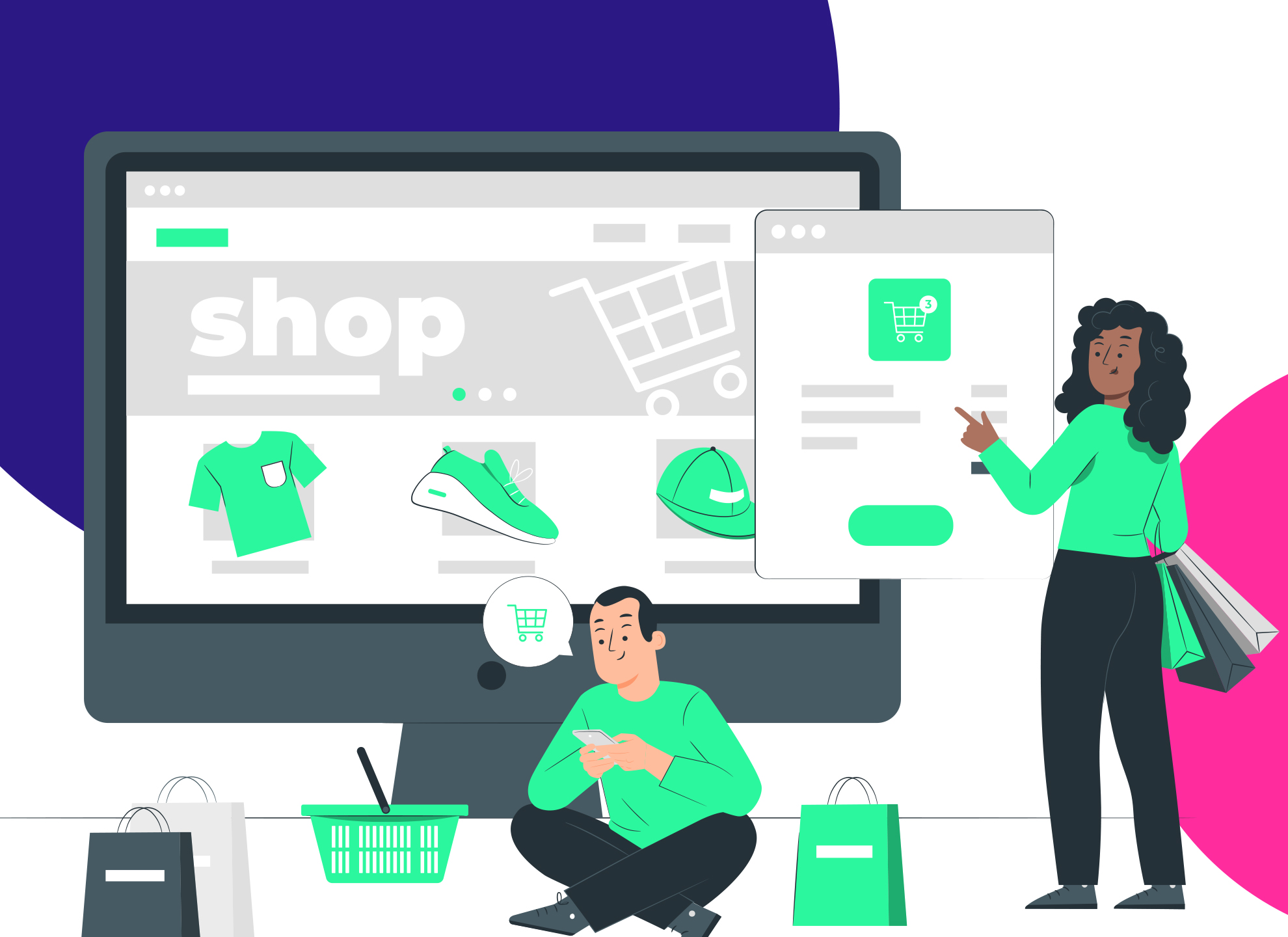
There’s come a point in every brand’s existence when they must face the difficult question.
To e-commerce or not to e-commerce?
In theory, there’s no downside to embracing e-commerce, as selling digitally gives brands greater control over their data, more price flexibility, and additional opportunities to delight consumers.
But it’s also a challenge, and especially so for those with limited resources and budgets.
In this blog, we’ll cover:
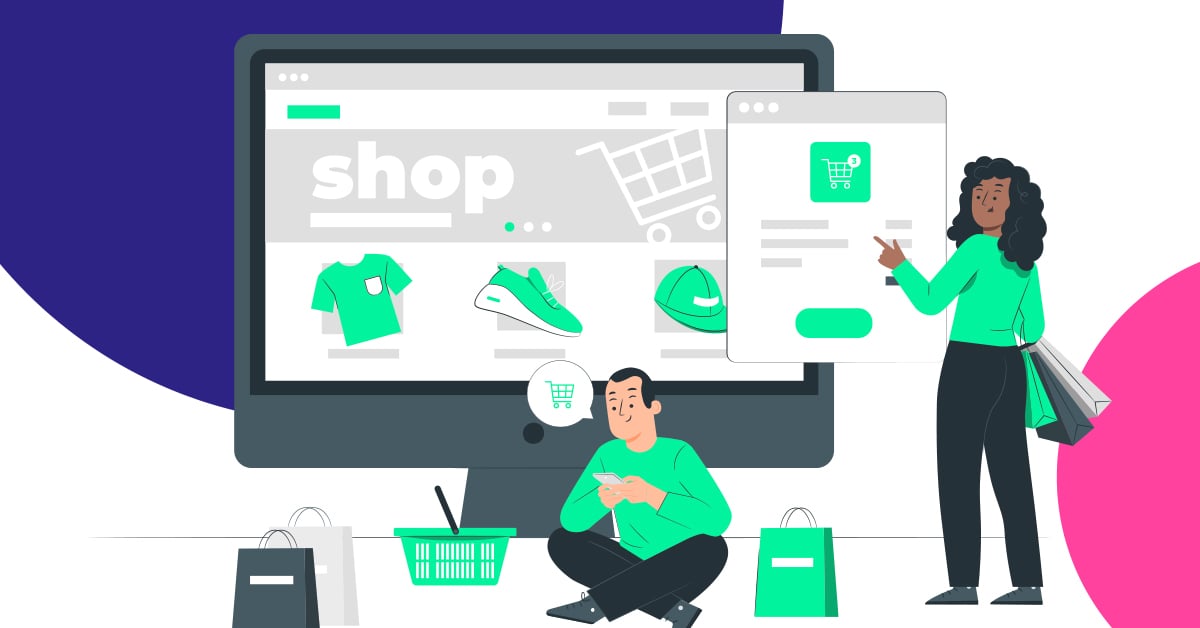
Some key difficulties brands usually encounter when first building an e-commerce strategy is navigating the logistics around product delivery, stock management, returns and suppliers.
Here’s some questions to ask yourself before you go all in:
Selling on your own website gives you greater control over the buying experience, consumer data and pricing, but this also means that returns, customer service, and shipping will all be your responsibility.
Selling via a third-party like Amazon and Etsy will eat into your profits (as they take a % of all orders) but it will also allow your brand to tap into a wider audience, giving you a greater chance of engaging new people. Another benefit of these services is that they provide the opportunity to store products and (for a fee) they can manage the returns and customer service process for you. This means less stress for you and added convenience for your consumers - but also lower profit margins.
Learn more about the risks and benefits of selling on Amazon.
Find out more about the D2C process.
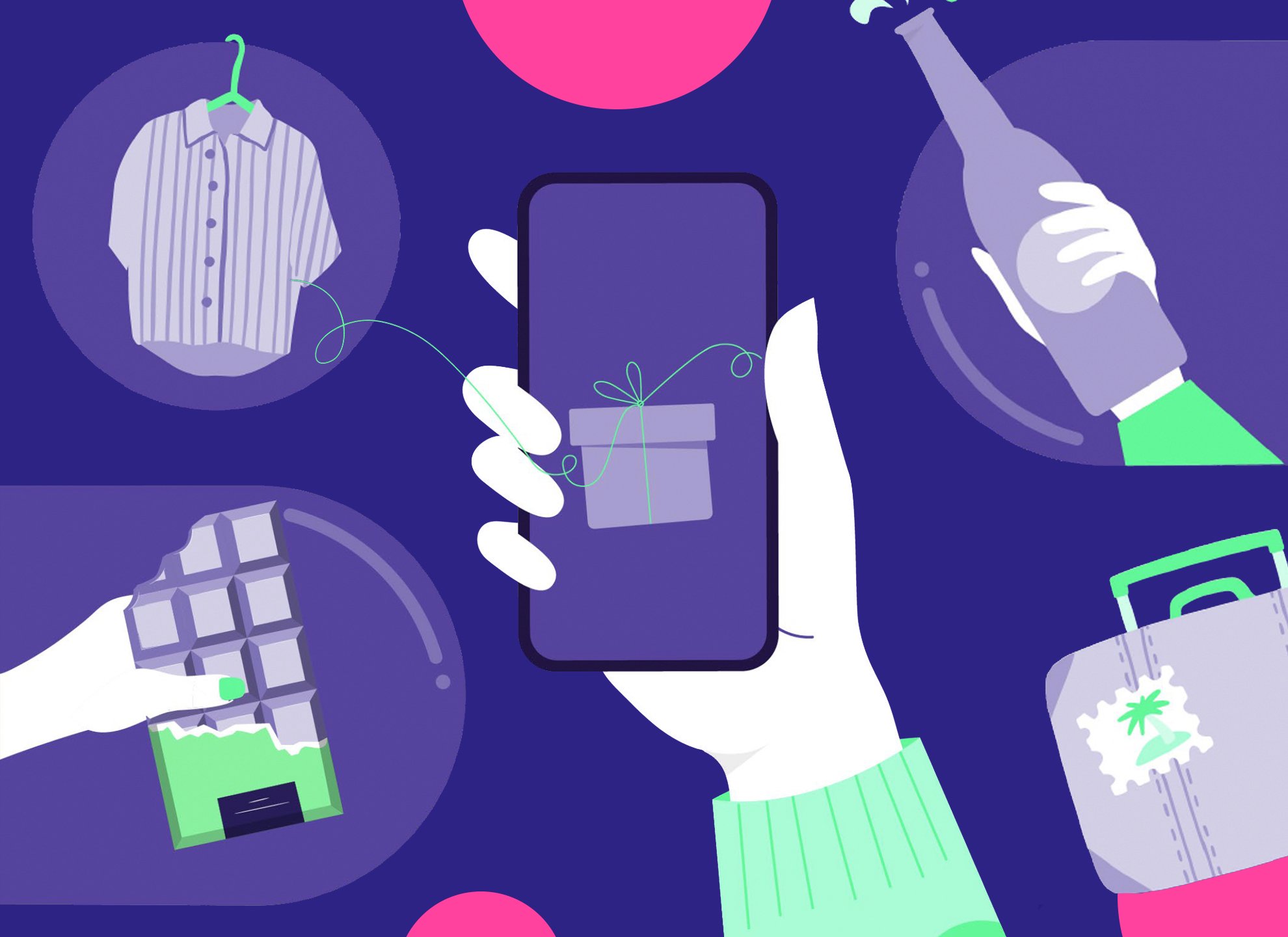
There are also other challenges to consider - besides logistics – when embarking on the e-commerce journey. Selling digitally is a whole different ball game to brick and mortar selling and it will require you to make investments into different areas of your brand to ensure success.
You’ll need to think about:
When selling in physical stores, you’re more likely to use your .com to generate brand awareness to familiarize people with who you are so they remember you when in-store.
E-commerce strategies differ as they aim to drive conversion from the website directly. To encourage consumers to buy you instantly, you need to highlight the strength of your products not just your brand, clearly communicating the benefits of these to generate sales.
It’s harder to steal consumers online than it is in aisle. You won’t be able to rely on flashy point of sale displays or product placement. When selling online, your best shot at gaining attention is via your packaging.
You’ll need to invest in new product pack shots which highlight the benefits of your product clearly and concisely and show your packaging in its best light. Keep these shots simple so as not to overwhelm the consumer. Creating a hero pack is preferable here – packaging that only shows the most relevant information, like the nutritional benefit or claim that will be of most importance to your consumer.
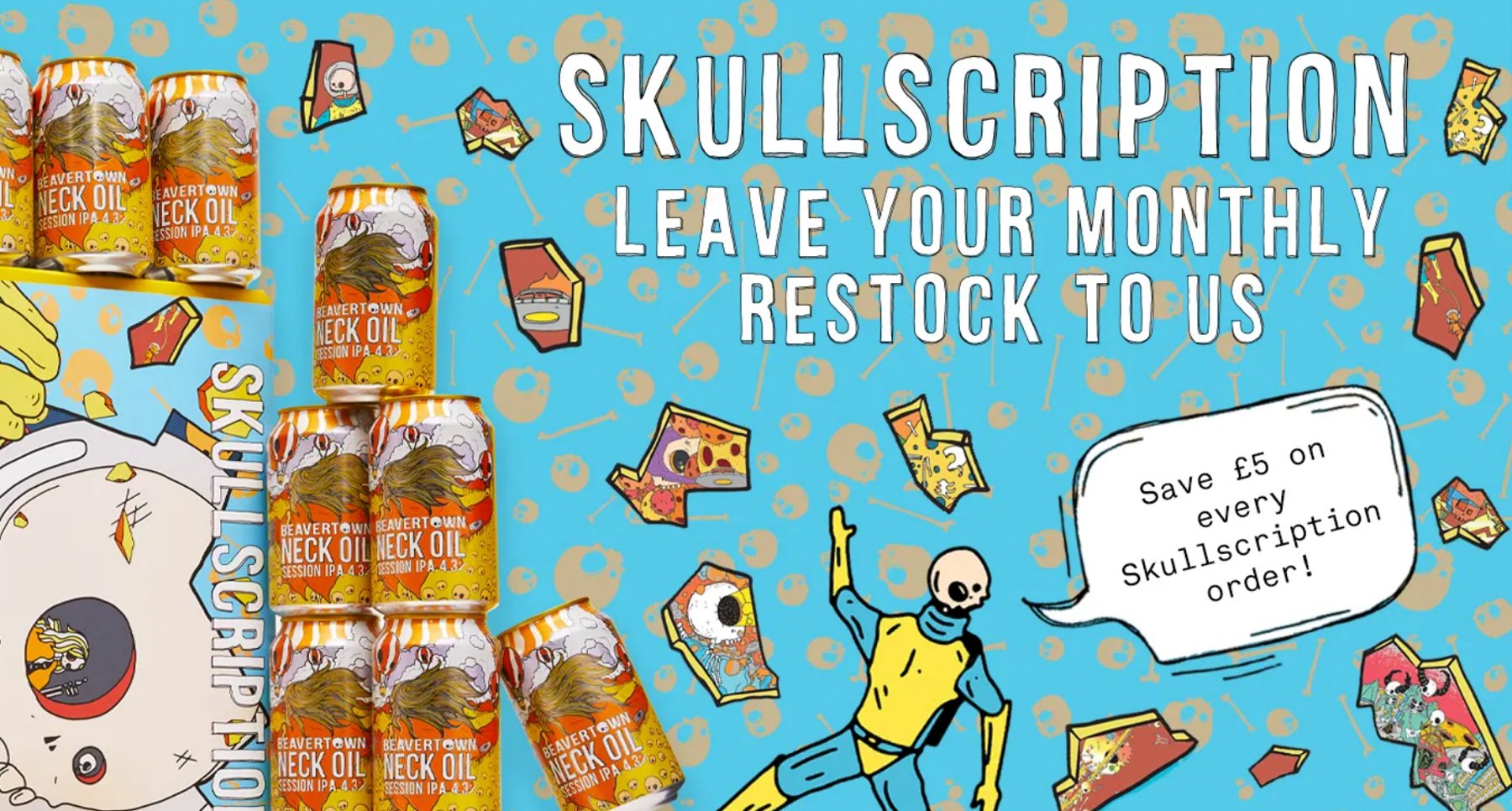
With e-commerce, you can’t rely on the multi-sensory experience a consumer has in real life. Touch, smell, and taste are all removed from the online experience. This can make it difficult if your brand relies on these elements to communicate – like a fragrance or apparel brand.
To overcome this barrier, you should focus on your messaging, ensuring you’re clearly articulating what the consumer can expect to experience from your product. Make sure to be clear about the sizing of your product, as it can often be difficult to tell from an online shot. Brands like ASOS do a great job at using dynamic video content which shows models wearing the garments to help people imagine what it will look like when it arrives.
The 2 main benefits of e-commerce are:
Particularly in the US and UK where we rely on public transport more, having to travel far with lots of boxes and bags is a real inconvenience for the consumer.
Online groceries have revolutionized the way we shop for food and drink and the same goes for digital retailers, as you can buy virtually anything online today – from clothing to cosmetics.
A previous barrier of e-commerce was that most people weren’t home as often to accept these deliveries. But with work from home culture fast becoming the norm, it’s made it even easier for people to buy online.
The delivery process has also upped its game. Consumers are now provided with specific hourly slots of when to expect their packages, they can track where drivers are on route, customer service has gotten slicker, and the returns process is so much quicker to complete.
Nespresso have even taken it a step further by allowing consumers to add on the option of a ‘recycle collection’ to their orders. So, when they receive new coffee pods, they can also return their used pods within the same interaction.
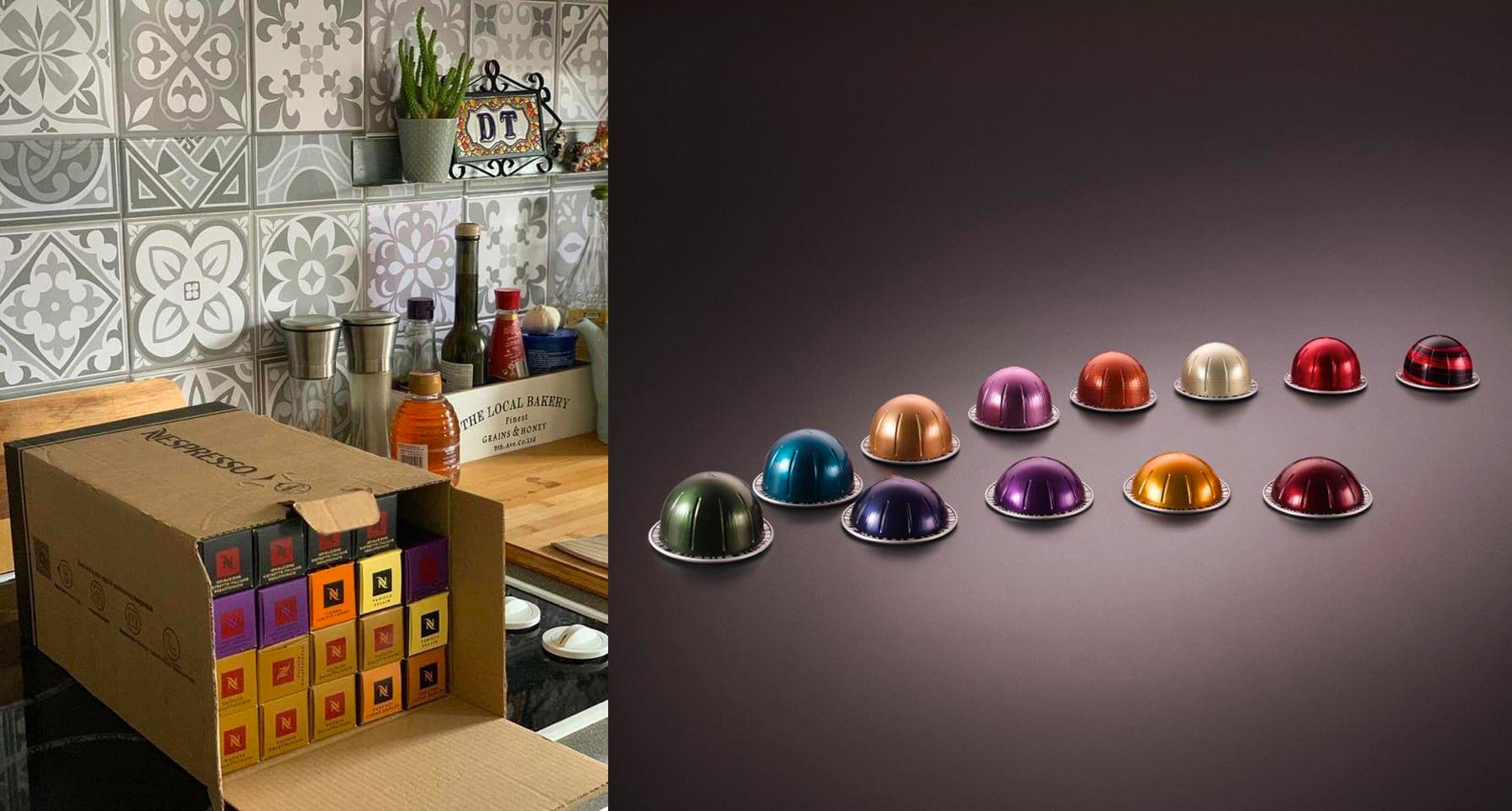
The convenience factor of e-commerce is just going up and up.
When you choose to sell directly to consumers, you get the added benefit of data. In-store, you can find out how many products you’re selling and how quickly they’re selling.
But when you start selling online, you get access to so much more.
What they’re looking at on your website, how they’re engaging with your products, the rate at which they return to your website, and the time it takes for them to move to purchase, are just a few examples of the kinds of data you can obtain.
This intel can open up plenty of new opportunities for brands to delight and retarget consumers. And those who harness this data correctly - using it to learn and improve on business performance – are at a huge advantage.
Here’s how to create a seamless e-commerce offering for your consumers:
Tapping into the wants and needs of your consumers will help you to build an e-commerce strategy that resonates.
If your brand is considered an ‘impulse buy’, then you can’t take 2-3 days to deliver. Consumers will want you on demand. If this is the case, speedy delivery will be imperative when you begin to flesh out your e-commerce plan.
To understand the buying behaviors within your category, you can use the 16 Drivers of Brand Relationships. This framework is neuroscientifically proven to grow relationships between brands and consumers. By understanding what drives consumers to buy, you can ensure your brand is focusing its activities on the right areas to deliver on these expectations.
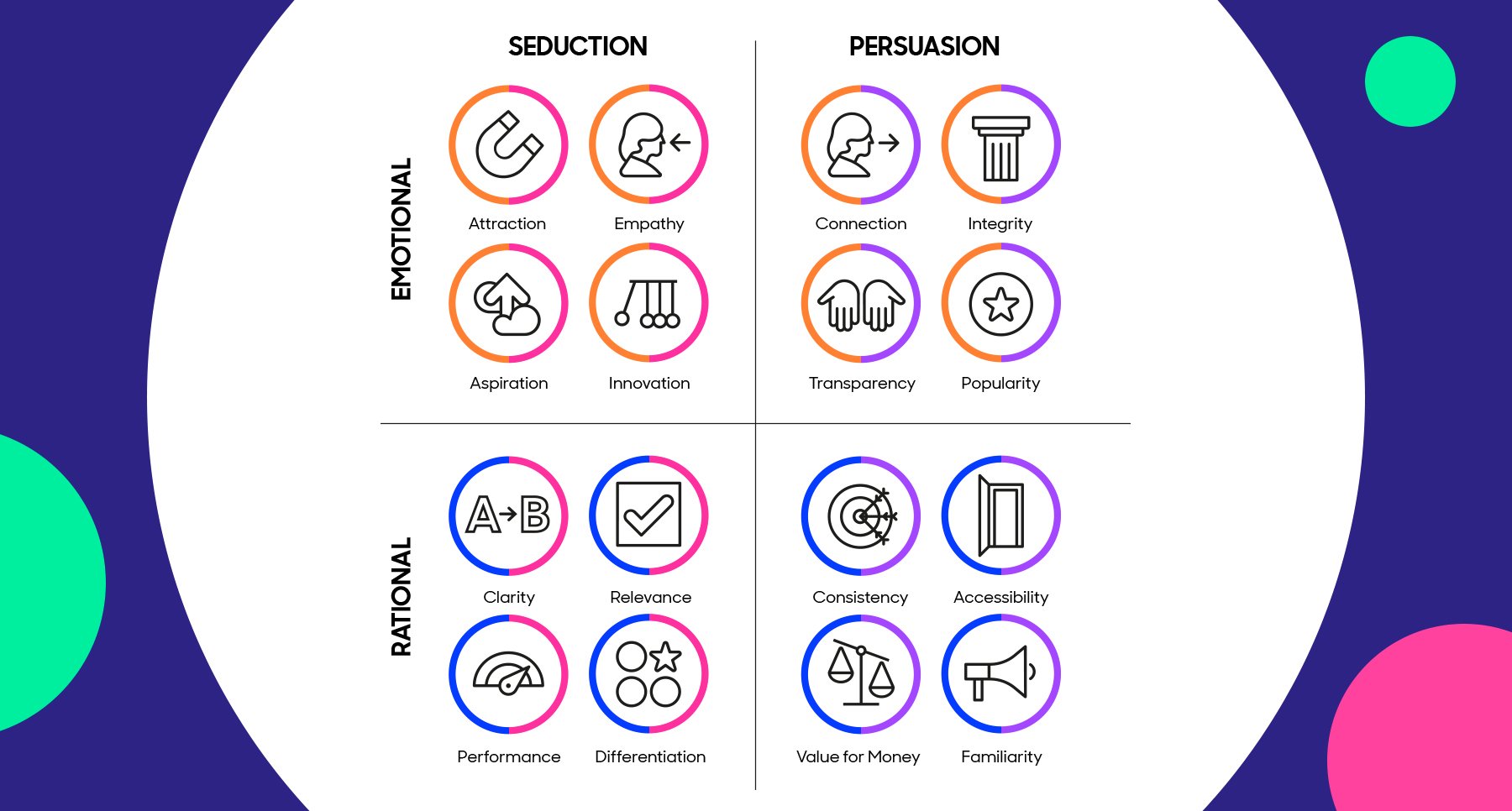
The Drivers range from functional factors – like how accessible or consistent a brand is – to the emotional – like how aesthetically appealing or attractive it is.
Mapping out what consumers want most from your category, brand and competition (on a Driver level) will help you to understand where to focus your e-commerce strategy.
The 16 Driver profile conveys the most expected consumer needs in green and the least expected in red. The stronger the expectations, the darker the color.
The most expected needs (the darker greens) can be thought of as ‘hygiene Drivers’. These show the bare minimum a brand must fulfil in order to compete in the category. The darker reds can be thought of as ‘disruption Drivers’, these indicate areas of opportunity, spaces where brands or categories aren’t currently excelling.
Let’s take a look at a brand through the lens of the 16 Drivers. This brand lies within the apparel sector. We can see how it’s similar to the category, as it excels at most of the hygiene Drivers including Performance (the quality of the garments), Accessibility (how easily navigable the service is from purchase-delivery), and Attraction (how aesthetically pleasing people find the brand).
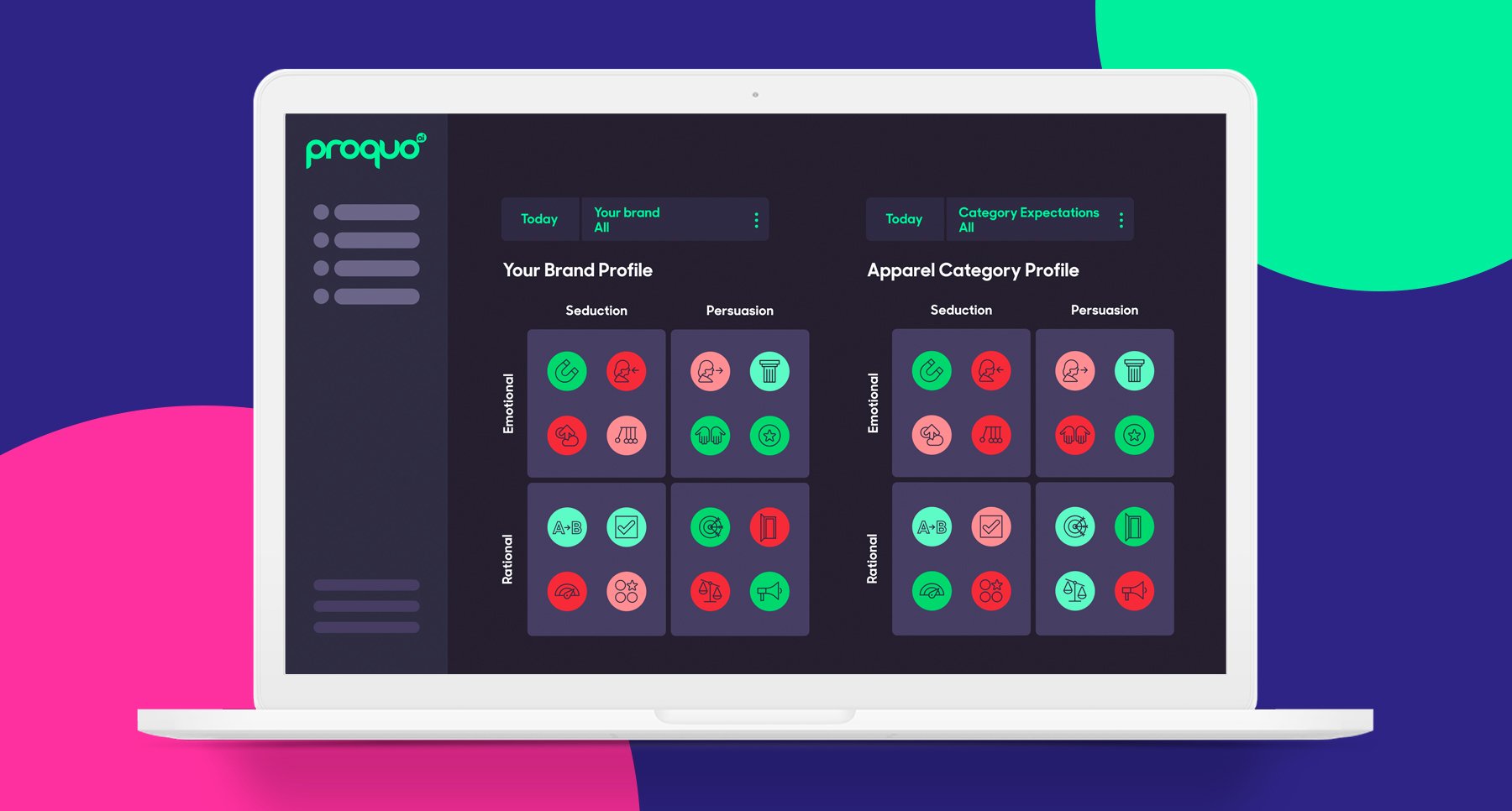
Yet, there are also key differences. The brand has chosen to focus on 3 under-served needs that the category isn’t currently delivering on (disruption Drivers). These are Familiarity (how well people feel they know the brand), Transparency (how open people feel the brand is about its practices and values) and Empathy (the extent to which people feel the brand understands their wants and needs).
Focusing on the hygiene Drivers will help your brand to deliver a functional e-commerce strategy, which runs according to consumer expectations.
Yet, to stand out within this space, it’s the disruption Drivers that should be your aim. E-commerce (when done right) can really help to differentiate brands from competitors.
What makes you stand out from other brands in the category?
Is there an opportunity to make things faster, cheaper or more exciting?
Think about how uncommon it is to order hot coffee from food delivery services. If your brand could fill this gap by creating packaging that keeps the coffee insulated and ensures it doesn’t spill on route, this could be the key to tapping into a new consumer need.
Now you’re ready to execute, we’ve laid out a few top tips to help you get started:
The secret to e-commerce is starting small and developing from there.
It’s easy for brands to take on too much too quickly, spreading themselves too thin. Excelling in one area first (be it delivery, packaging or customer service) is the best route to success.
And if you want to learn more about differentiating in the D2C space, click here.
Our intelligent platform will take your brand further, faster.
Don’t believe us?
© 2020-2023 ProQuo AI International
All rights reservedWebsite by Blend